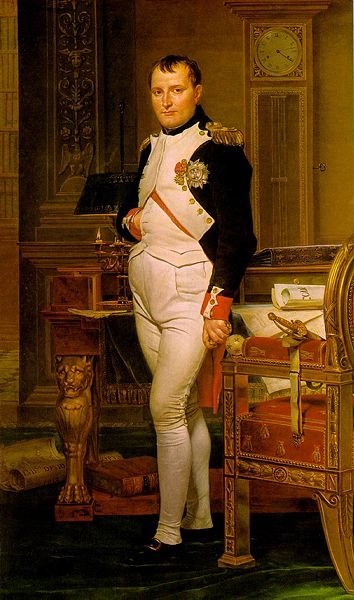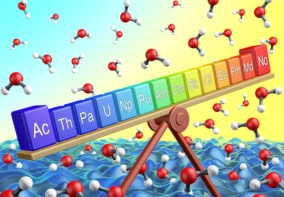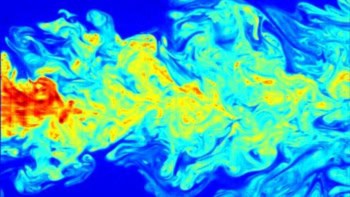
The idea that Napoleon Bonaparte was murdered by arsenic poisoning appears to have been ruled out by new research by nuclear physicists in Italy.
The team analysed samples of the French emperor’s hair that they had irradiated with neutrons and found that it contains about the same amount of arsenic as hair from several of his contemporaries — suggesting that the poison probably came from environmental sources such as wallpaper dyes, rather than from a malicious poisoner.
The official cause of Napoleon’s death in 1821 is stomach cancer, but the idea that he was murdered gained scientific credibility in 2001 when forensic experts in France found levels of arsenic in samples of the emperor’s hair about 40 times higher than found in modern hair. This seemed to support theories that had emerged in the 1950s that Napoleon had been poisoned either to prevent him from regaining control of France, or to make him so ill that the British allowed him to return to France from exile on the island of St Helena in the South Atlantic Ocean.
Research reactor
Ettore Fiorini of the Milano-Bicocca University and colleagues at Milano-Bicocca, Pavia University and the laboratories of the Italian National Institute of Nuclear Physics (INFN) in Milan and Pavia analysed a range of hair samples using a research reactor at Pavia. These samples included Napoleon’s own hair from: when he was a child in Corsica in around 1770; when he was exiled on the island of Elba in 1814; on the day of his death on St Helena; and on the day after his death. The researchers also analysed several strands of hair from Napoleon’s son and his first wife, the Empress Josephine — as well as hair from people living today.
Each individual hair was placed inside a container and subject to a large neutron flux inside the reactor. In this way, arsenic nuclei in the hair (arsenic-75) could gain a neutron, become unstable, undergo beta decay and then, in an excited state, emit high-energy gamma rays.
Ultra-sensitive germanium detectors
The challenge for the researchers was to pick out these gamma rays from a host of environmental gamma radiation, and they did so by using ultra-sensitive germanium detectors based on technology also used in the Cuore nuclear physics experiment under construction at the Gran Sasso underground laboratory in central Italy. The work is described in a forthcoming paper in the journal Il Nuovo Saggiatore.
Our conclusion is that the death of Napoleon was probably natural Ezio Previtali, INFN Milano-Bicocca
The analysis allowed the team to conclude that arsenic was not administered maliciously to Napoleon. The scientists found that all of the hair samples from 200 years ago contained arsenic at levels — around ten parts per million — that are about 100 times greater than those in the hair of people living today.
Green wallpaper
The Italian researchers do not know exactly where the arsenic came from but they believe their results clearly indicate that Napoleon absorbed arsenic thoughout his life rather than being administered a fatal dose. For example, while on St Helena, Napoleon may have absorbed some of the substance from green colouring in wallpaper, say the researchers.
“Our conclusion is that the death of Napoleon was probably natural,” says Ezio Previtali of INFN Milano-Bicocca. “However,” he adds,” this is unlikely to be the end of the story. There are plenty of others who will still believe he was murdered.”



